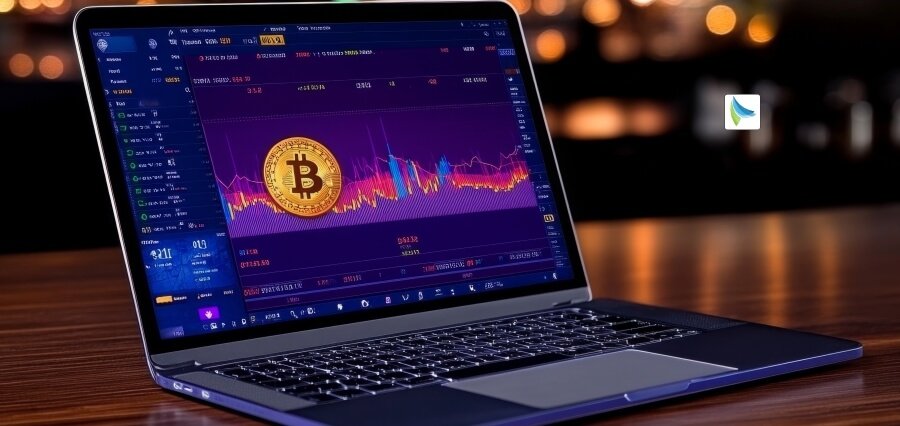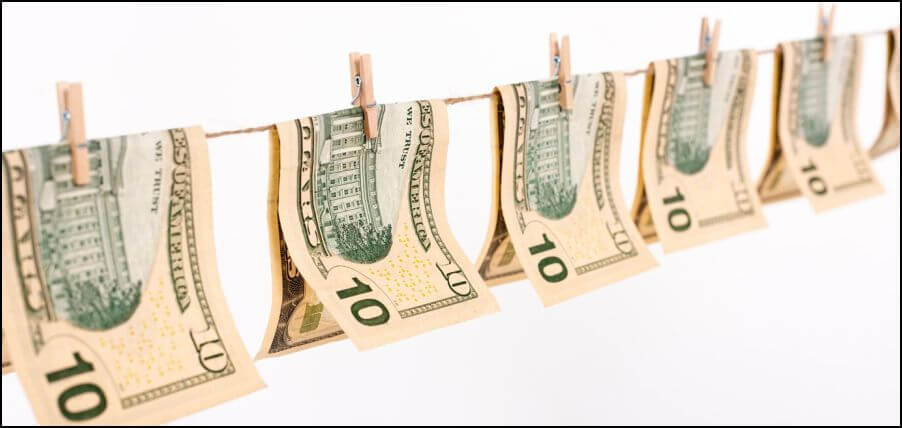Imagine a customer hands over cash for a big purchase, and everything seems fine—until you realize the bill in your hand feels… off. Counterfeit money can slip into any business, leading to financial losses and operational headaches. For many businesses, spotting fake cash isn’t just about luck; it requires awareness and the right tools. A simple device like a bill checker can make all the difference in identifying fakes quickly and confidently.
In this guide, we’ll uncover how to spot counterfeit currency, why it’s on the rise, and what steps your business can take to prevent fake bills from becoming a costly problem. Read on for practical tips and essential strategies to protect your profits and maintain customer trust.
The Rise of Counterfeit Currency in Today’s Economy
With advanced printing and duplicating technology more accessible than ever, counterfeit currency has seen a troubling rise. Fake money infiltrates all levels of the economy, often targeting smaller businesses where cash transactions are common. According to recent studies, counterfeiting costs global businesses billions each year, impacting their revenue and reputation. Protecting your business from counterfeit bills starts with understanding how widespread the issue is and recognizing that taking preventive steps is critical to avoid financial losses.
Key Characteristics of Counterfeit Money
To effectively detect counterfeit money, it’s essential to be familiar with how it differs from genuine currency. While counterfeiters may try to replicate the appearance of authentic bills, there are distinct differences that, once known, can make spotting fakes much easier.
Common Features in Counterfeit Notes
Counterfeit bills often lack the intricate details found in legitimate currency. Inauthentic bills may have blurry images, poorly aligned text, and inconsistencies in size. Serial numbers are another giveaway; genuine bills have serial numbers printed in consistent fonts and colors, while counterfeit bills may show mismatched or repeated serial numbers.
Differences in Paper Quality and Printing Techniques
Real currency uses unique paper that feels distinct due to the blend of cotton and linen fibers, making it difficult for counterfeiters to replicate. Fake bills often feel overly smooth or rough, as they lack the quality of genuine banknote paper. Moreover, printing techniques differ—authentic bills use intaglio printing, which raises the ink on the paper, creating a noticeable texture. Counterfeit bills, on the other hand, usually have flat printing that lacks this tactile quality.
Security Features on Genuine Currency to Watch For
Real bills have built-in security features to deter counterfeiting. These include watermarks, color-shifting ink, and microprinting, all of which are difficult to replicate. Checking for these features can be a quick way to verify authenticity. For instance, when tilting a real bill, certain areas may change color, which doesn’t happen with counterfeits. Knowing these security elements can help you and your employees become more confident in identifying genuine currency.
Methods for Spotting Counterfeit Money
Now that we’ve covered what to look for, let’s discuss some practical ways your business can spot counterfeit currency.
Visual Inspection Techniques
A quick visual inspection can often reveal telltale signs of counterfeit bills. Start by checking the ink and color—counterfeit bills may have slight color discrepancies, especially in areas with complex shading. Serial numbers should be consistent and unique; repeat serial numbers or poor alignment are common signs of counterfeit notes.
Physical Inspection Methods
Physical inspection is equally important. Authentic bills have a unique texture, and by feeling the paper, you may detect differences in counterfeit bills. Look for raised printing, check for watermarks by holding the bill up to the light, and inspect any microprinting along the edges or near images, which can be challenging for counterfeiters to replicate accurately.
Using Detection Tools and Technology
Detection tools can make counterfeit spotting even easier. Counterfeit detector pens, for instance, can be used on suspicious bills—if the ink changes color, it’s likely a fake. Ultraviolet (UV) light scanners reveal security markers that only show up under UV light, adding an extra layer of protection. Magnetic ink detectors are another useful tool since legitimate bills contain magnetic ink in specific areas, while counterfeits typically lack this feature. Investing in these tools is a smart choice to streamline detection efforts.
Best Practices for Preventing Counterfeit Transactions
Prevention goes beyond spotting fake bills. Implementing policies and procedures can help your business avoid counterfeit currency issues altogether.
Employee Training and Awareness Programs
Educating employees is crucial. Train staff on how to spot counterfeit bills and emphasize the importance of checking bills before completing a cash transaction. Providing hands-on experience with genuine currency and tools like detector pens and UV lights helps ensure they know what to look for when handling money.
Setting Up a Routine for Cash Handling
Establishing a standardized routine for cash handling, including bill verification, can significantly reduce the chances of accepting counterfeit currency. Encourage employees to inspect larger bills at the point of sale and emphasize consistency in these procedures to create a habit that minimizes counterfeit risk.
Building Relationships with Financial Institutions
Financial institutions and law enforcement agencies can offer valuable support if your business encounters counterfeit money. Establishing connections with banks allows you to report incidents quickly and receive advice on handling such situations. Law enforcement can also provide guidance and support if your business encounters repeated issues with counterfeit bills.
How to Properly Report Counterfeit Money
When a counterfeit bill is detected, there are specific steps you should follow to ensure compliance and protect your business.
When to Contact Law Enforcement
If you discover a counterfeit bill, contacting local law enforcement is essential. Attempting to deposit or circulate the fake bill is illegal, so it’s best to follow established protocols. Inform law enforcement immediately to avoid any legal repercussions.
Steps to Take After Detecting a Counterfeit Bill
Once you identify a counterfeit, separate it from the rest of your cash. Avoid alerting the customer if possible, as they may be unaware the bill is fake. After contacting law enforcement, provide them with details of the incident. This approach not only protects your business but helps authorities track counterfeiting trends in your area.
Protect Your Business with Knowledge and Tools
Counterfeit currency may be a hidden threat, but with the right knowledge, tools, and procedures, your business can confidently face it. Implementing a mix of visual inspections, physical checks, and reliable detection devices like a bill checker gives you the power to detect fake bills before they impact your bottom line. Training your team and establishing consistent cash-handling routines are simple but powerful ways to reduce risks.
By staying alert, proactive, and prepared, you’re not only protecting your profits but reinforcing your commitment to trust and integrity—values that resonate with every customer interaction. Don’t wait until counterfeit currency catches you off guard; start putting these strategies in place today to secure a future free from the costly risks of counterfeit bills!














